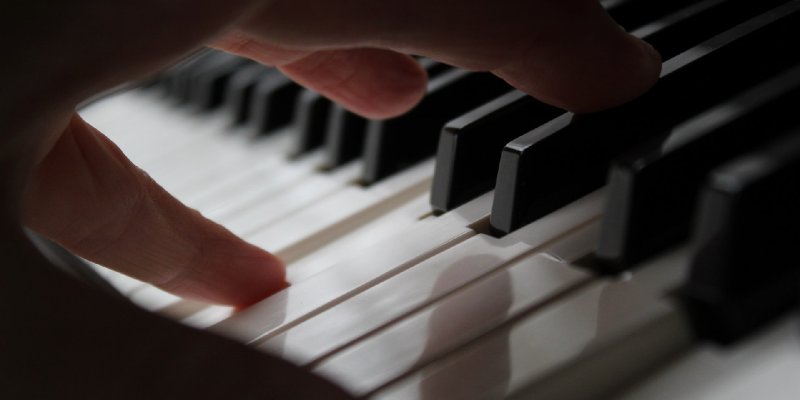
If you are used to hearing only seven notes in an octave, then chances are, you have a long way to go when discovering the many scales used across the world.
There are seven notes in widely used major and minor scales, thanks to Western music culture (not to be confused with country music).
These notes consist of Do Re Mi Fa So La Ti Do in solfege. The major C scale correlated with C D E F G A B C.
There are eight notes, but the octave above is repeated at the scale's end. Each octave has seven notes; the repeated note begins a new octave.
Octaves are not meant to be seen as two notes that are the same. You may think that hitting the lower C and higher C on a scale means that you started and ended on the same note, but those are actually very different notes.
This is why each C in a scale is usually labeled with a label to differentiate between octaves, like C2, C3, and C4. Each C tone is a very specific pitch that is unique and is not to be confused with other octaves.
Related Post: What Is A Tonic Note?
The octave also details the interval or distance between each note in the scale, not the number of notes.
The intervals between an octave are comprised of 8 different intervals even though there may be seven unique notes, according to people who consider octaves to be the same note.
From C2 to C3, for example, is eight steps, not 7. Hence the name octave and not a name like "septave".
Related Post: What Is A Tritone? And Why It's Called The Devil's Interval
Popular philosopher Pythagoras from 15th century Greece is responsible for creating a sensible scale that Westen Music culture has used for centuries when it comes to music creation and performance.
In musical tuning, certain intervals are very pleasing to the ear when played together. These intervals include the octave, perfect 5th, and the perfect 4th.
Pythagoras came up with the Pythagorean tuning system, where the frequency ratios of all intervals in the system are based on the ratio 3:2.
The 12-tone Pythagorean temperament is based on stacking perfect fifths, each tuned in the ratio 3:2, which is the next simplest ratio after 2:1 (the octave).
As you can see from the chart below, it all gets pretty mathematically deep. Are you interested in learning more about the complexities and breakdown of the Pythagorean tuning system?
Michael Rubinstein describes it very in-depth here on the University Of Waterloo's website.

There is no deep mathematical answer to this question since the reasons deal more with a taste for art and preference based on thousands of years that previous culture has provided us.
Any musician can divide up the notes in an octave however they choose to, but most certain intervals just sound good to our ears based on the foundation of Western Music and music theory dating back to ancient Greece.
It all has to do with overtones and pleasant ratios of pitches.
While the most popular scales, including the major scale, minor scale, and harmonic scale, include seven notes, there are others that consist of 5 notes instead.
Several widely used pentatonic scales only consist of 5 notes per octave. These scales include the major pentatonic scale, minor pentatonic scale, and the Japanese mode pentatonic scale, which is often found in video games.
You can also have a scale that includes six notes. One of my favorite scales is the whole-tone scale, which is also used many times in major Western Music culture media, including TV shows and movies.
The whole-tone scale gives off the feeling of a dream state or a sense of wonder.
Related Post: How To Use The Rare Whole Tone Scale
Non-Western music can follow very different rules.
While traditional music in Japan follows the 12-tone Pythagorean tuning system, Japanese traditional music is often based on five-tone or seven-tone scales. Modern Arabic scales use 24 equal divisions per octave.
Can you imagine trying to hear each tone clearly and making a song out of it as someone that is used to Western music culture? It would be insanely weird to do!
To take it even further, Turkish scales divide each whole tone into nine equal parts.
Related Post: Who Is The Inventor Of Music? Going Back To The Earliest Evidence

As a session singer, writer, and producer that has worked with over 300 clients to provide high-quality jingles, singles, and features, Yona spends her time creating and marketing new music and helpful resources for creators. Check out Yona’s latest releases on her Spotify, her Youtube and share if you like it!
If you are in need of singer, songwriter or song producer services, see what Yona Marie can offer you on her services page.